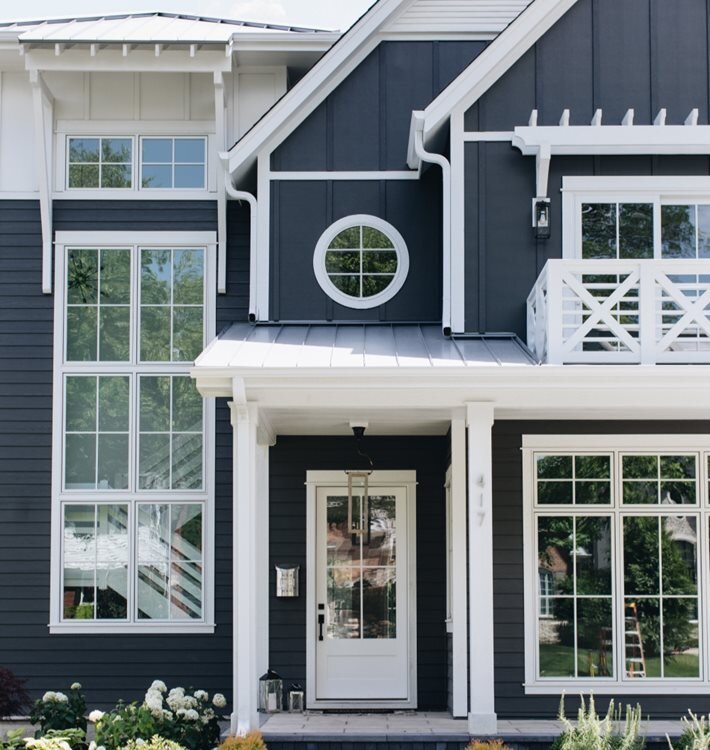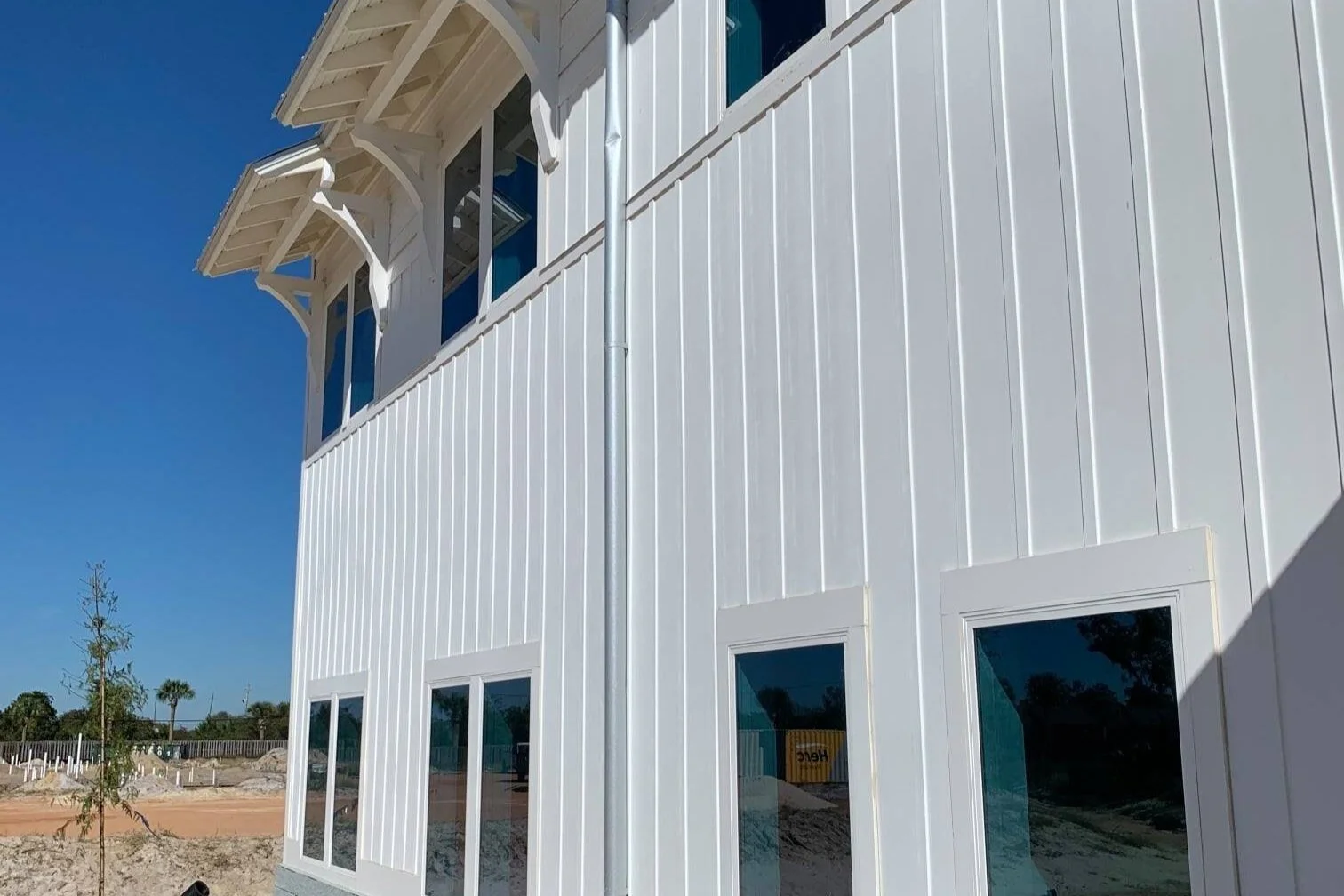The Board and Batten Siding Guide
You may or may not already be familiar with board and batten siding - even if you didn’t know the name for it. In any regard, while vertical board and batten siding may be a trend in siding at the moment, the style actually dates back about 200 years ago – and that may be part of its appeal for homeowners.
Taking something that is old and giving a modern flare is almost always appealing. That’s exactly what today’s board and batten products aim to do. Preserve the profile of yesteryear, while bringing modern building materials to the mix.
What is vertical board and batten siding
What evolved from a more efficient alternative to a traditional log cabin in the United States, barns and houses with board and batten style siding drew inspiration from Nordic European building styles. During the mid 19th century the style gained in popularity in the United States.
Traditionally, the style utilized wide vertical planks known as “boards” that are joined together by thin vertical strips known as “battens” to cover seams between boards. What’s more - the battens also helped to close air gaps between boards, and in theory made the structure slightly more air tight. This was widely adopted by farmsteads as the technique was inexpensive, easy to assemble, and the final result was efficient and beautiful.
With todays modern building materials, the profile as evolved again to be more efficient, while maintaining the profiles original charm.
Using Board and Batten Siding
The vertical board and batten style is extremely versatile and can be used to personalize the aesthetic of a home. By playing around with batten spacing, and incorporating other materials and siding profiles, its easy to create both modern and traditional appearances.
Whole Exterior
A good example would be the modern farmhouse trend that uses board and batten siding for the entire exterior. In attempt to minimize the amount of vertical lines it’s recommended to space the batten strips at a wider spacing to achieve an aesthetic that’s not too “busy”. In contrast, a tighter spacing can also be used to create a nice texture.
As an accent
Board and batten is versatile. It can be used as the main siding choice, or as an accent for gables or accent areas. Many people are opting to mix up their look by using both horizontal lap and vertical board and batten profiles.
Vertical Board and Batten Siding Examples
Vertical Board and Batten Siding Products
The traditional Board and Batten siding style was made of wood, however untreated wood is susceptible to moisture and termite damage and requires a fair amount of maintenance to keep it looking nice. With advancements in building materials, there are now several siding options available that come in a vertical board and batten profile - like fiber cement, engineered wood, composites, and vinyl. These modern building materials provide the timeless look, with added benefits of longer lifespan, and better protection.










